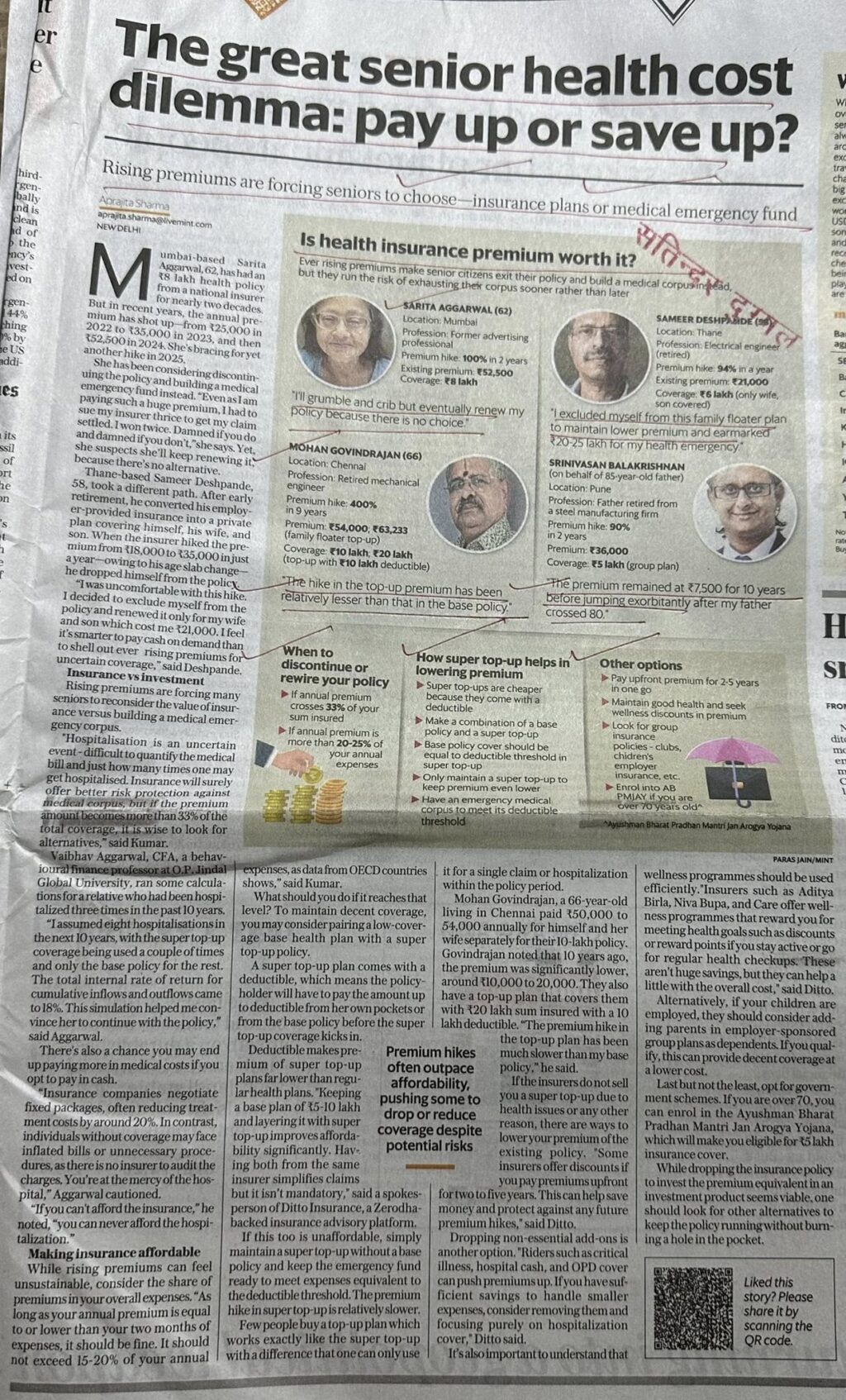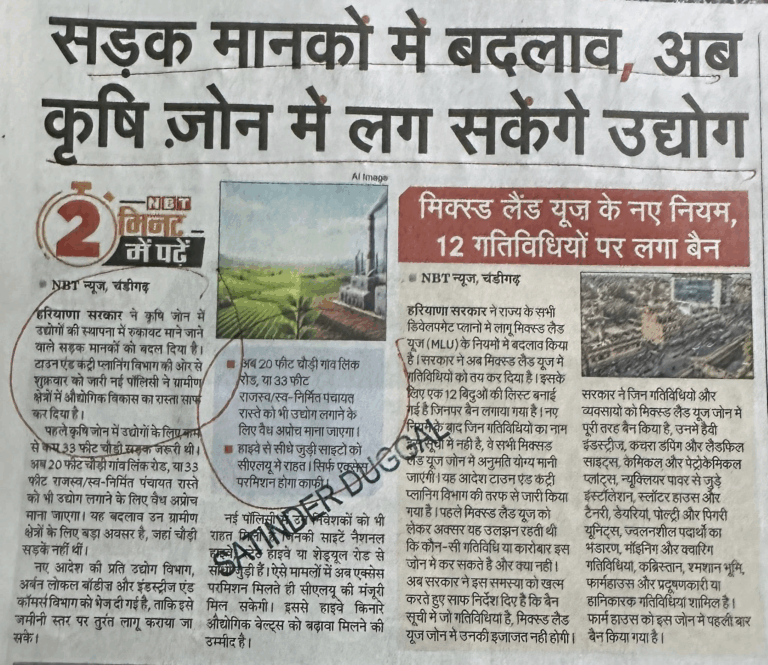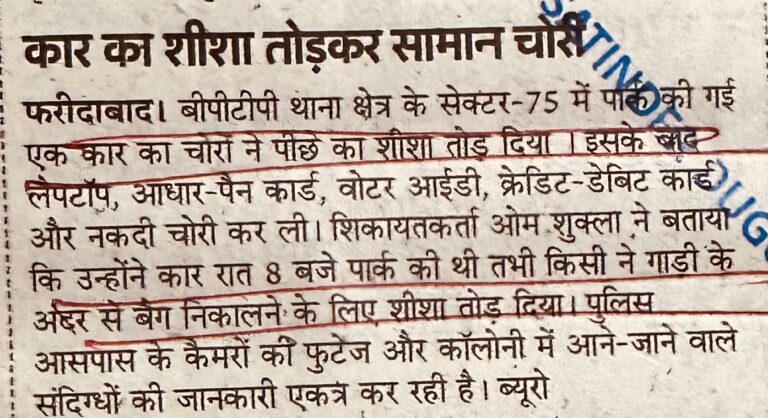
The great senior health cost dilemma: pay up or save up?
She has been curadering discutin ningibe policy and buildin dinstead “Esenatlan paying sucht a bouge premium, had to suetty inaun settled. I won twice. Damned if you do surer thrice to get my daim and dam damned if you don’t, “shesys. Yet, she sun bea suspects she’ll keep rene because there’a ne alternati
es
Thane-based Sameer Desh meer Deshpande, 58, took a different path. After carly retirement, he converted his employ er provided insurance into a private plan covering cove himself his wife, and When the insurer hiked the pre mium from 18,000 10 133,000 ayear-owing to his age slab change
he dropped himself from the Iwas uncomfortablew om the policy ble with this hike I decided to exclude exchide ade myself from the policy and renewed it only for my wife and son which cost the 21,000. I feel smarter to pay cash on demand thar to shell out ever rising premiums for and than uncertain coverage,” said Deshpande Insurance vs investment
ising premiums are forring many seniors to reconsider the value of insur ance versus building a medical emer gency corpus Hospitalisation is an uncertain
event-difficult to quantify the medical bill and just how many times one may get hospitalised. Insurance will surely offer better risk protection agamst dieder if the premium amount becottiestoon than 33% of the total coverage, wise to look for alternatives,” said Kumar.
Naibhav Aggarwal, CFA, a behar бота на работнP. Jinde Global University, ran some calcula tions for a relative who had been hospi talized three times in the past 10 years “Lassumed eight hospitalisationsin the next years, with the super top-up coverage being used a couple of times and only the base policy for the rest.
The total internal rate of return for cumulative inflows and outflows.came to 18%.





